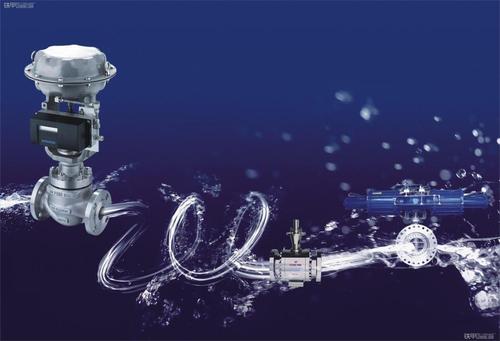What is the Difference Between a Check Valve and a Non-return Valve?

Valves play very crucial roles in mechanical engineering. The different types of valves available serve a similar purpose but are unique in their operating mechanism. Basically, a valve is a device used to control the flow of fluids (liquid, gas, and slurries). This control is achieved by a moveable element that restricts, partially obstructs, or opens a passageway by means of the valve.
In this post, we will discuss the difference between two return valves of interest: a check valve and a non-return valve. These are two critical valves used commonly in some very importable applications.
A non-return valve lets the fluid flow in one direction. As the name implies, the primary function of a non-return valve is to keep the flow of fluid in just one direction. When fluid in the line reverses direction and begins to flow back the way it came, a check valve serves to stop or prevent the backflow by allowing flow in one direction. The check valves are primarily designed for pressure applications.
Check valves
Check valves are quite ubiquitous in their applications, in that they are found in almost every industrial application, where they act as one-way or non-return valves. Check valves are simple devices in their design. They help to execute an important function in fluid control. Check valves prevent reverse flows, therefore preventing damage and ensuring efficient operations.
When reverse water flow occurs, the phenomenon can result in a water hammer. High-pressure surges often follow this phenomenon in the existing pipework, valves, and pumps. It may result in severe damage or rupturing of the system, along with the pipework. Sometimes, the system may not break down immediately; the reverse flow of water could also lead to a gradual build-up of fatigue and the repeated impact of the water hammer, which might ultimately result in a loss of system integrity.
Properties and application
Check valves are two-port valves; hence, they have two openings; one for fluid to enter and the other for fluid to leave. Check valves have a single inlet and outlet. They are operated by a pressure differential. Above a certain upstream pressure, the check valve automatically opens without requiring any other intervention. The minimum operating pressure is a significant characteristic that describes all check valves. This pressure is known as the cracking pressure.
Check valves are used in many pumping applications and fluid flow. Examples include chemical processing, pulp and paper, food processing, water, and wastewater treatment, industrial, marine, and mining, pumps, pipelines, power generation, and HVAC. These are only a few of the many applications of check valves.
Non-return valve
Non-return valves are very important because they function in a unique style. They are an essential feature that helps in a typical retention system to prevent the return of water or reflux that may occur due to pressure loss or a reduction in the supply and flow of water. This helps to provide more excellent safety and precision for thermostatic tapware.
Non-return valves are unidirectional, allowing water to flow in just one direction. They are opened by the force of the liquid moving in one direction, and they close due to the effect of the gravity of the water trying to return in the opposite direction (counter-flow). The action of spring helps to close the valve.
Essentially, a non-return valve allows fluid flow in only one direction. The valve is designed and fitted to ensure that the fluid flowing through the pipe follows the right direction, especially in cases where pressure conditions can cause reversed flow. When the fluid flows through the non-return valve, it causes a reasonable pressure drop in the system. Typically, the design of the valve takes this into account when designing the device.
Properties and applications
They are two-port valves with two openings in the body; one for fluid to go in, while the other is for fluid to leave. Non-return valves are typical of different types. Common variants include the
- Spring-loaded
- Swing
- Clapper
- Swing check valves.
- Flap check valves
- Duckbill
- Dual Disc check valves
- Tilted Disc check valves
- Silent check
- Ball
Non-return valves are used in many different applications. For instance, non-return valves are applied extensively in mixing loops in heating and cooling systems to ensure proper operation, and with domestic water systems to prevent backflow.
What is the difference between a non-return valve and a check valve?
We’ve established that both valves are essential and that perform similar functions. In a nutshell, the design of a non-return valve allows it to prevent the backflow or reverse flow of a medium or fluid, and to protect the pump in question from getting damaged due to surge pressures of water hammer following pump shut-down.
The check valve, on the other hand, also known as a one-way valve, is a valve that allows fluid to flow through it in only one direction. To do more or order check and non-return valves for your industrial processes, feel free to contact us today at Adamant Valves.




